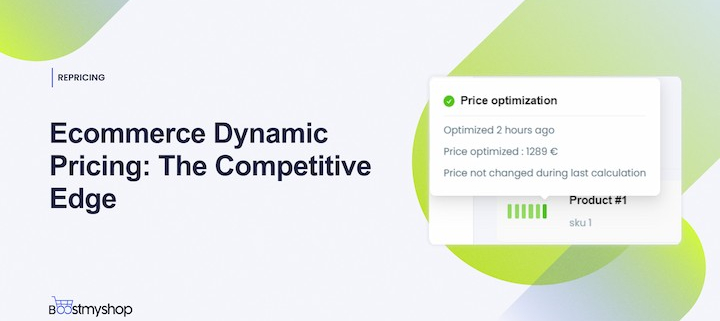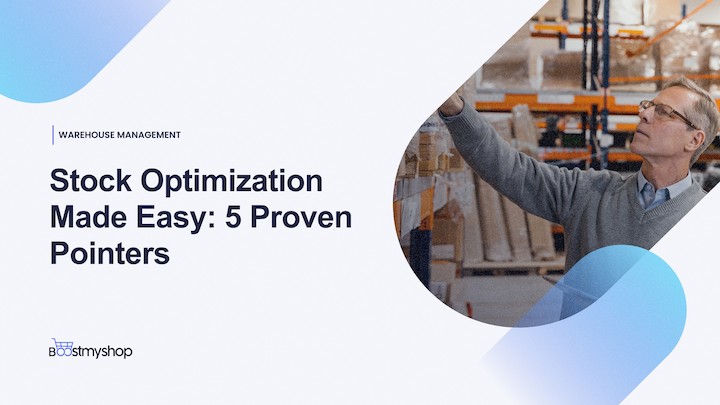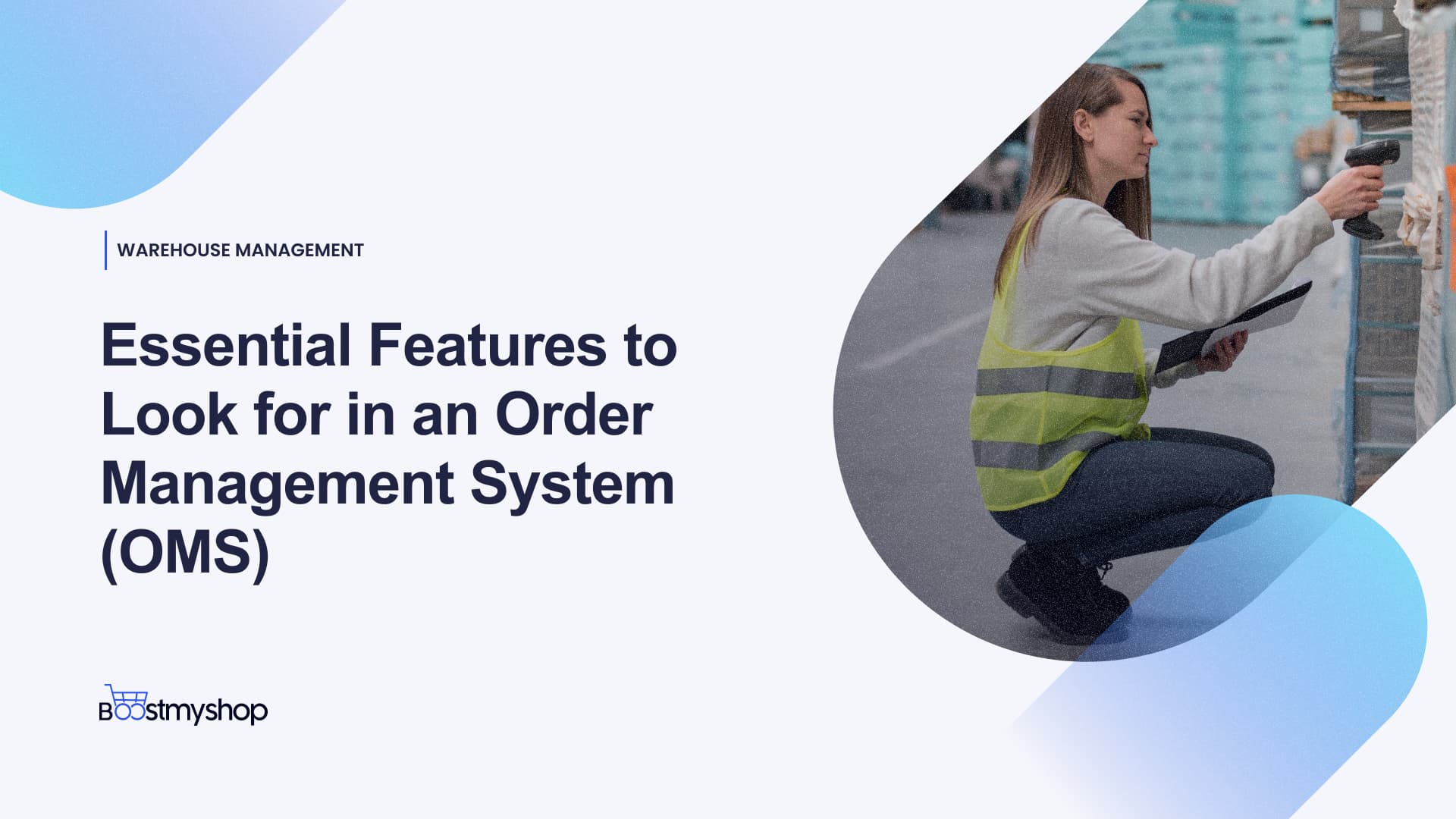Ecommerce Dynamic Pricing: The Competitive Edge
Introduction:
In the fast-paced world of online retail, staying ahead of the competition is a constant challenge. Ecommerce dynamic pricing has emerged as a game-changer, giving businesses the edge they need to succeed. In this article, we will explore the concept of ecommerce dynamic pricing. We will delve into its power and why it is essential for online success.
Understanding the Power of Ecommerce Dynamic Pricing:
Ecommerce dynamic pricing is a strategy that allows online retailers to adjust product prices in real-time based on various factors. These factors may include market demand, competitor pricing, inventory levels, customer behaviour, and more. By dynamically updating prices, businesses can optimize revenue and maintain a competitive advantage in the market.
Why Dynamic Pricing is Essential for Online Success:
Static pricing strategies are no longer sufficient in the ever-evolving online marketplace. With intense competition and rapidly changing consumer preferences, dynamic pricing becomes a necessity. Businesses can respond quickly to market shifts and capitalize on sales opportunities. They can also adapt to customer demands, leading to higher profits and growth.
The Benefits of Ecommerce Dynamic Pricing:
1. Driving Sales and Revenue Growth:
Dynamic pricing allows businesses to find the optimal price points that resonate with customers and encourage purchases. By setting prices that align with the perceived value of products, retailers can increase conversion rates and boost overall sales. Moreover, as market conditions change, dynamic pricing ensures products remain competitively priced, maximizing revenue potential.
2. Improving Customer Loyalty and Satisfaction:
Personalized pricing based on customer segmentation enhances the shopping experience. Fair and customized pricing leads to repeat buyers and increased customer loyalty. Additionally, dynamic pricing enables targeted promotions and discounts, further delighting customers and fostering a positive brand perception.
3. Gaining a Competitive Advantage in the Market:
In a crowded online marketplace, gaining a competitive edge is vital. With dynamic pricing, businesses can proactively respond to competitor pricing changes and market trends. This agility allows them to outmaneuver competitors and secure a prominent position in the market, attracting more customers and driving growth.
Key Elements of Ecommerce Dynamic Pricing:
1. Real-time Market Data Analysis:
To implement dynamic pricing effectively, businesses must have access to real-time market data. This data includes competitor prices, consumer behavior, demand fluctuations, and other relevant factors. Advanced analytics tools can process this data swiftly, enabling retailers to make data-driven pricing decisions.
2. Competitor Price Tracking and Monitoring:
Understanding competitor pricing strategies is crucial for staying competitive. Constantly monitoring competitors’ pricing allows businesses to adjust their own prices to maintain a competitive advantage and attract price-sensitive customers.
3. Customer Segmentation and Personalization:
Segmenting customers based on various criteria (e.g., demographics, purchase history, location) enables businesses to offer personalized pricing and promotions. Tailoring prices to individual customer segments enhances customer satisfaction and loyalty.
4. Seasonal and Demand-Based Pricing Strategies:
Ecommerce dynamic pricing should take into account seasonal trends and fluctuations in demand. By adjusting prices during peak seasons or high-demand periods, businesses can optimize revenue while ensuring competitive pricing.
Implementing Ecommerce Dynamic Pricing:
1. Choosing the Right Dynamic Pricing Software:
Selecting suitable dynamic pricing software is crucial to the success of the strategy. Businesses should consider factors such as data integration capabilities, scalability, and ease of use when evaluating potential solutions.
2. Integrating Dynamic Pricing into Your Ecommerce Platform:
Seamless integration of dynamic pricing into the existing ecommerce platform is essential. A well-integrated system ensures smooth operations and enables automatic price updates based on predefined rules.
3. Setting Up Pricing Rules and Algorithms:
Defining pricing rules and algorithms is a critical step in implementing dynamic pricing. Businesses should consider factors like profit margins, competitor prices, and customer segments when creating effective pricing rules. These factors should align with their objectives.
Best Practices for Ecommerce Dynamic Pricing:
1. Finding the Optimal Price Points:
Businesses can identify the optimal prices for their products by experimenting with different price points. Analyzing the impact on sales and revenue is key to this process. Regularly reevaluating price points ensures competitiveness in the market.
2. Avoiding Price Wars and Margin Erosion:
Competitive pricing should not lead to a price war that erodes profit margins. Employing dynamic pricing intelligently helps businesses strike a balance between competitiveness and profitability.
3. Using Dynamic Pricing in Promotions and Sales Events:
Leveraging dynamic pricing during promotions and sales events can create a sense of urgency and encourage immediate purchases. Offering time-sensitive discounts can drive traffic and sales during these periods.
Challenges and Solutions:
1. Handling Price Perception and Customer Trust:
Frequent price changes might lead to customer scepticism about product value and trust in the brand. Transparent communication and clear messaging can address this concern and maintain customer trust.
2. Dealing with Regulatory and Legal Considerations:
In certain regions, there may be regulations or laws governing price changes and dynamic pricing practices. Adhering to these regulations is vital to avoid potential legal issues and reputational damage.
3. Overcoming Data and Technical Challenges:
Gathering and processing real-time market data can be complex. Implementing robust data analytics systems and partnering with technology providers can help overcome technical challenges.
Dynamic pricing at different levels
1. Ecommerce Giants’ Dynamic Pricing Strategies:
Leading online retailers like Amazon and Walmart have successfully implemented dynamic pricing to maintain a competitive edge. These companies use sophisticated algorithms to adjust prices in real time, ensuring they remain at the forefront of the market.
2. Small Business Success Stories with Dynamic Pricing:
Even small businesses can benefit from dynamic pricing. By leveraging data analytics and insights, smaller retailers have witnessed significant improvements in sales and profitability.
Small and medium-scale web sellers can compete with ecommerce giants in marketplaces by utilizing dynamic pricing tools like Boostmyshop myPricing.
With such tools, businesses can set rules based on their goals, competitor prices, and market trends to automate pricing and keep up with the competition. The tool allows retailers to track prices across multiple channels, analyze competitors’ strategies, and optimize their pricing in real time. By leveraging myPricing’s advanced algorithms, businesses can increase sales, improve customer satisfaction, and gain a competitive advantage.
These tools have user-friendly interfaces and customizable reports making it easy for businesses to analyze data and make informed decisions. With myPricing, small and medium-sized businesses can level the playing field and thrive in the highly competitive ecommerce industry.
Future Trends in Ecommerce Dynamic Pricing:
1. AI and Machine Learning Advancements:
Artificial intelligence and machine learning advancements are revolutionizing dynamic pricing. Predictive analytics and self-learning algorithms will enable even more precise pricing decisions.
2. Dynamic Pricing for Subscription-Based Models:
Dynamic pricing will extend beyond traditional product pricing. Subscription-based businesses will use this strategy to tailor pricing plans for individual subscribers.
3. Emerging Technologies Shaping the Future of Ecommerce Pricing:
Technologies like blockchain and the Internet of Things (IoT) are likely to impact dynamic pricing. These innovations can offer new data sources and greater transparency in pricing decisions.
Conclusion:
Ecommerce dynamic pricing presents a compelling opportunity for businesses to thrive in the competitive online landscape. Dynamic pricing can optimize sales, improve customer satisfaction, and gain a significant competitive advantage for retailers. Understanding its power and benefits is crucial for businesses. Implementing key elements and adopting best practices are critical to achieving these goals.
Embracing dynamic pricing will be essential for staying ahead in the ever-changing ecommerce market. As technology advances and future trends shape the ecommerce landscape, businesses must adopt dynamic pricing strategies.







